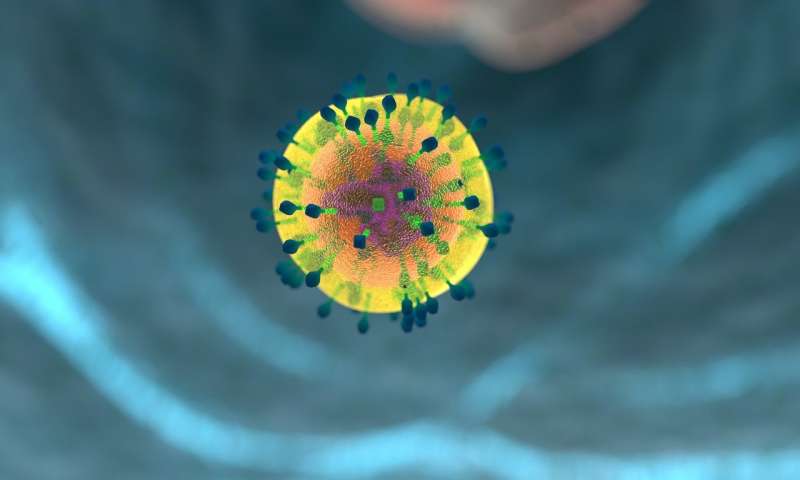Researchers report metric of immune system's biological clock

A new study published in Nature Medicine from scientists at the Technion, Stanford and CytoReason describes for the first time ever a way to quantify a person's "immune age." This game-changing capability provides a much more reliable predictor for the status of the immune system than any other method, and could lead to fundamental changes in drug and vaccine development and medical practice.
The immune system is a complex system with hundreds of different cell types. Until now, no metric had existed to quantify an individual's immune status. This ground-breaking new data, while requiring further development, describes a metric called IMM-AGE by which clinicians can accurately understand a person's immune status, providing increased information for accurate prediction and management of risks for disease and death.
This new capability has major drug development implications. Given the importance of immune status in vaccine response, this new data could play a significant role in the design of future vaccine trials and in re-evaluating past vaccine trials. Moreover, this new metric for immune aging could see chronological age augmented by "immune age" as a way of improving drug development programs—providing for enhanced clinical trial entry/exclusion criteria that can elicit a more homogenous response and greater likelihood of success.
"This paper represents a very important step toward developing useful measures of immunological health, helping to identify disease-related risk," said Prof. Mark M. Davis, Head of the Stanford Institute for Immunity, Transplantation and Infection. "It's been 60 years since the last immunological benchmarks (complete blood counts) were introduced into general medical practice. This much more sophisticated method reflects the tremendous explosion of knowledge generated in the field."
The researchers developed their unique data by following a group of healthy volunteers (135) for nine years, taking annual blood samples, which were profiled against a range of omics technologies (cell subset phenotyping, functional responses of cells to cytokine stimulations and whole blood gene expression). This captured population- and individual-level changes to the immune system. When this data was analyzed using a range of novel, immune aligned, machine learning analytical technologies, the researchers identified patterns of cell-subset changes common to those in the study, despite the large amount of variation in their immune system states. The data and metrics generated were then validated against a cohort of more than 2,000 patients from the Framingham Heart Study.
"Starting in 2007, this study is really the birthplace of CytoReason—the beginning of the collection of the unique immune-focused data sets and the development of specific technologies to interrogate and transform these highly complex, multi-dimensional data into increased big-picture knowledge and clinically meaningful insights," said Prof. Shen-Orr, Head of Systems Immunology & Precision Medicine lab at Technion and co-founder and chief scientist at CytoReason. "The immune age is a biological clock that will help to identify in individuals the decline and progress in immunity that occurs in old age—with the aim of determining preventive measures and developing new treatment modalities to minimize chronic disease and death."
More information: Ayelet Alpert et al. A clinically meaningful metric of immune age derived from high-dimensional longitudinal monitoring, Nature Medicine (2019). DOI: 10.1038/s41591-019-0381-y

















